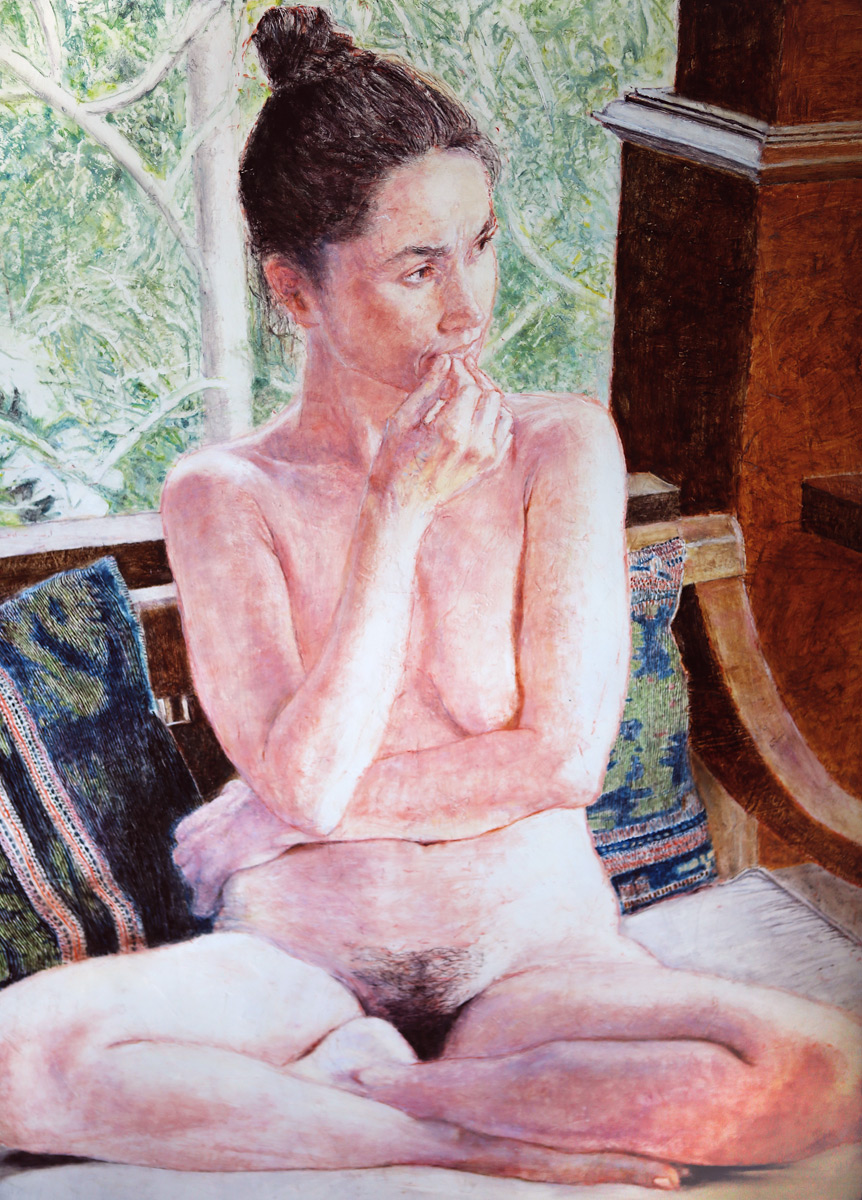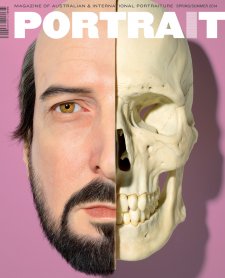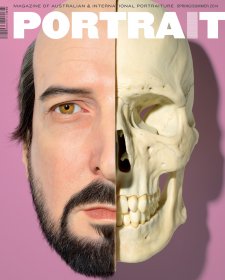This need to make marks springs from deep social and religious roots. It’s a need that spans generations and geography. It’s a need to communicate the experience of being alive: the transience of time and the persistence of art.
This last two years was a time to grieve. My Jack, and the next year, After Jack, my self portrait. So many people that I don’t know grieved with me and talked about their grief, I felt very honoured. I treasure Catherine Hunter’s documentary about my work. It has become part of my life and is very moving.
I am an artist, I have always been one. My parents as well as my husband had some difficulty in understanding what I am on about. All I know is that when I’m working I feel good. I’m not talking about quality or end result. It is in the doing of it. Fixation is at the heart of art: fixation and obsession.
The excitement over a possible image drives me, whereas the scale of my aspiration intimidates me. Much of my work seems to be realised within this tension which is at once an imperative push and a creative situation. For a time this removes me from any context of ordinary life other than the project.
When I’m working on a portrait, there is another element to that tension. It’s a two way thing. We work together. My relationship with the sitter is the most important thing; there’s a profound responsibility to bring out the nature of the relationship and the dynamic between us.
I only make one portrait a year. Usually I make abstracts that spread like nets or grow from clusters across the board. With my abstract landscapes I have space to fool around. When I’m working on a portrait I just don’t go sideways. Each person is different.
Each portrait begins to talk, to talk back to me. Everything in every portrait makes itself new. How to do skin. How to do hair. I don’t usually draw people sitting around. I draw for myself to work things out. Every face has its own need. You don’t say, ‘well I’m painting skin now, so I’ll get my skin colours all together’.
My daughter Tanya has sleek hair. The painting of Tanya was the hardest I’ve ever worked. It truly is the brainiest thing I’ve ever done. I didn’t know how to do that much skin. I stayed up night after night. Especially when I got to the legs and they went all lumpy because her knees were under there. I had the pigment sitting on paper plates. The white of her body is the wax. I pushed the pigment into the wax with brushes or, where I really had to be careful, my fingers. I wasn’t thinking about my daughter the whole time; it was just technical problems. This is mine, this is me. That was a very exciting painting to do. I used the green to help her face and body to emerge. I had to manipulate the scene I was looking at to bring her body out. I controlled those cushions. I did one lighter. I had control of the darkness. And she came out with all her light.














